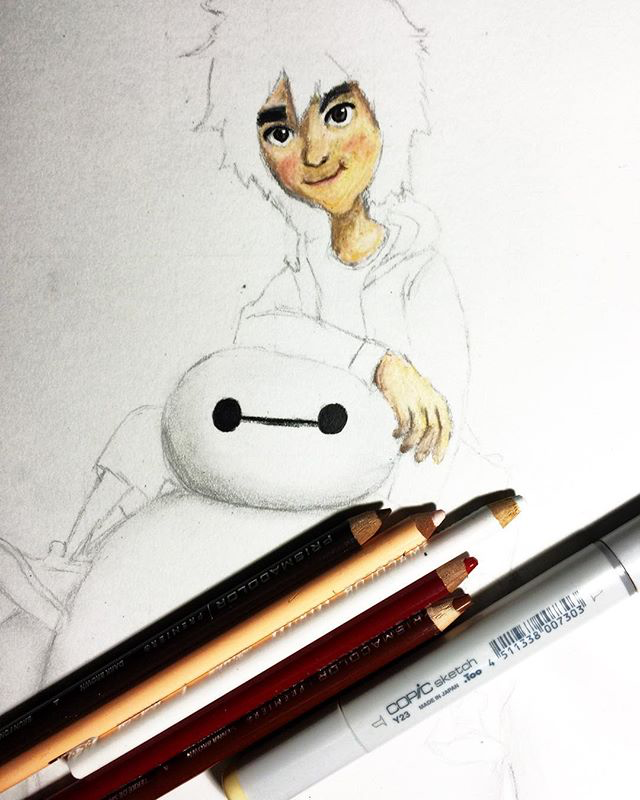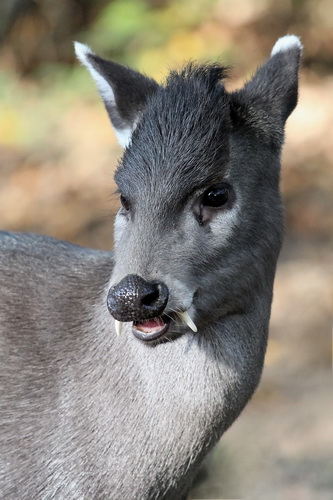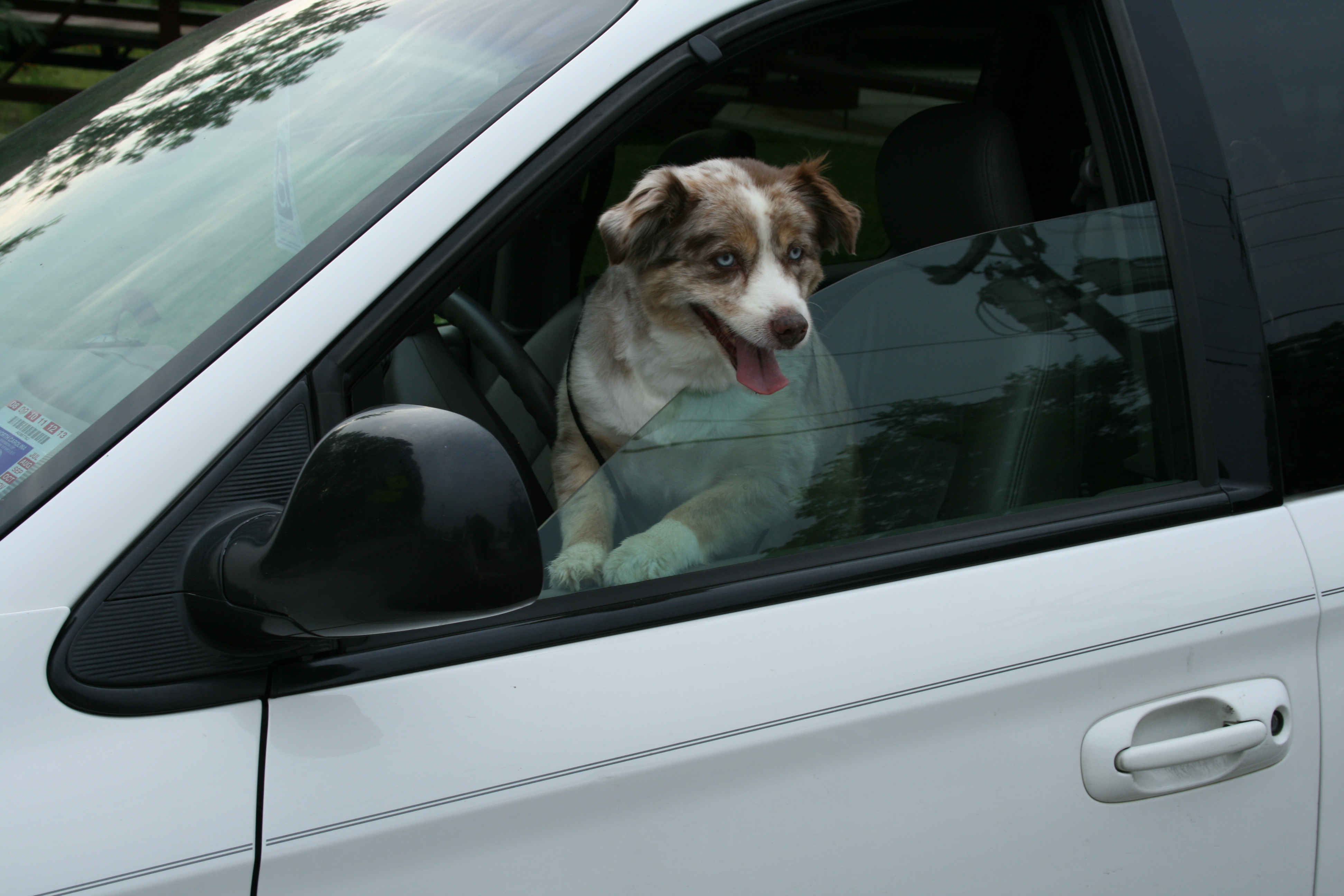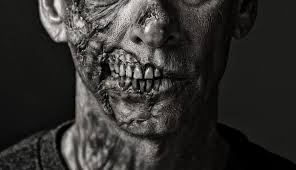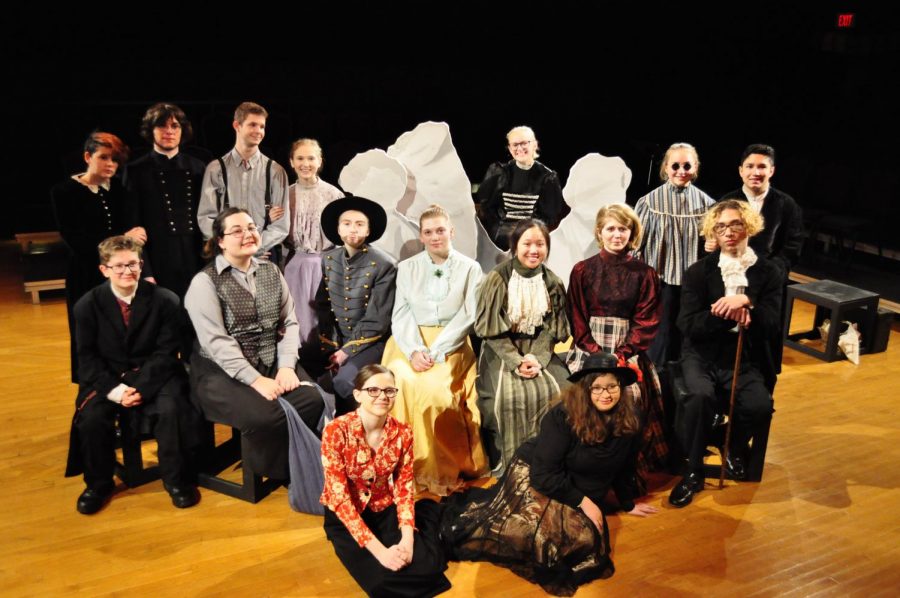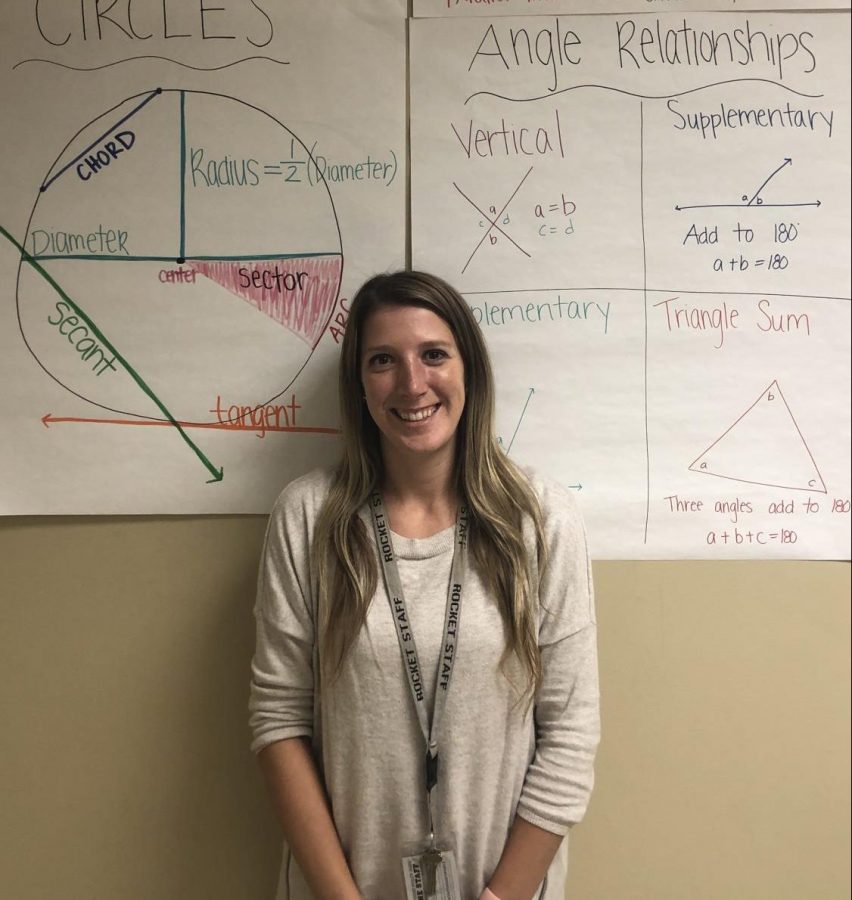The initial goal of most people who begin drawing is to try and recreate images they see. Drawing something exactly as one sees it, however, can be very frustrating. The difference between expectation and reality may be only a couple pencil strokes, but the resulting image can be tragic. The main complication of observational drawing is achieving realistic proportions. Those who do a lot of sketching can relate to these struggles: drawing something too big, correcting it to be too small, and then eventually erasing so hard that the paper is ruined forever. Luckily, some methods exist to help artists improve accuracy and narrow the expanse between reality and art.
Before artists even begin, they should make sure that they have a good reference to work from. If one is using a photograph, he/she should make sure that the photo is of good quality. Some things to look for are higher resolution pictures and good lighting that provides enough contrast, to make the subject matter more distinguishable. But if one is working from real-life, then he/she should make sure their subject is able to remain in the same position for a long duration (however long it will take to complete the drawing). It is easier to draw from observation when the subject matter remains consistent.
There are many ways to go about observational drawing. Some prefer to outline the big picture and fill in the details while others prefer to begin with the details and expand the drawing. This will really depend on the reference one is using or the subject matter one wishes to portray. A technique used by some artists is gridding, where a grid is placed on the reference image and on the paper and one fills in the squares correspondingly. This method, while frowned upon by some, is still an effective way to replicate proportions. Drawing is like putting together a puzzle, but the artist must create the puzzle pieces himself/herself. This technique will help the pieces of the puzzle fit together nicely.
It is also helpful to identify shapes in one’s subject as he/she is drawing. In Lee Hammond’s The Complete Book of Drawing, she instructs the reader to divide the subject into different parts instead of a whole. Rather than an eyeball being one cohesive unit, it is separated into three parts: a circle for the iris and two rounded wedges for the whites of the eyes. This is another way to put the “puzzle pieces” together.
Even harder than drawing the correct shapes is getting the shapes in the right place. One may experience frustration while drawing something such as a portrait when the eyes may be the right size but too close together or too far apart or too low or too high. While this may seem obvious, it is necessary to actually think about how the objects relate to each other. A good way to do this is to use fractions—to say “this is about a third of its size from that” can be really helpful in securing the positions of different objects. With this in mind, artists may be a couple of pencil strokes closer to bridging the gap between real life and their art.

